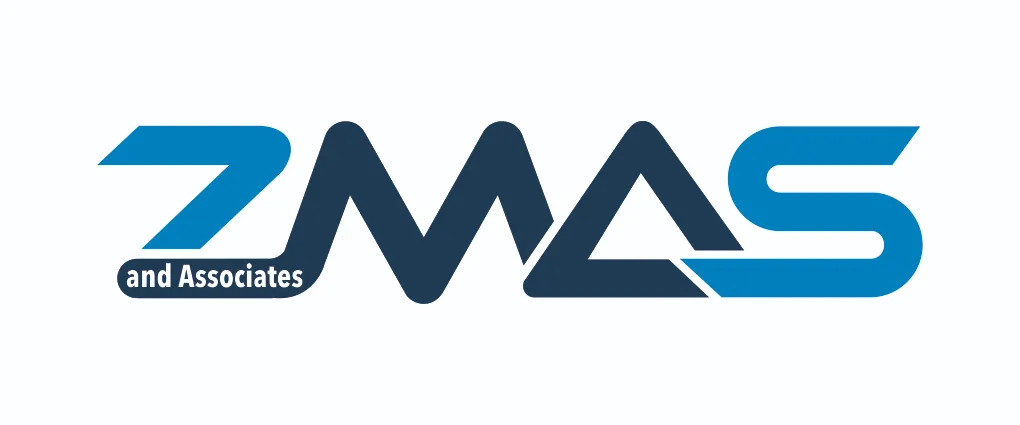Are internal auditors solely responsible for fraud detection?
Short Answer: No
Long Answer:
The question of whether internal auditors are solely responsible for detecting fraud within an organization is a common one. While internal auditors are not solely responsible for detecting fraud, their contributions are invaluable in identifying vulnerabilities and promoting a culture of deterrence. By collaborating with management, internal auditors can significantly contribute to safeguarding an organization’s assets and upholding its financial integrity.
As internal audits play a crucial role in safeguarding against financial misconduct, the reality is more nuanced. Let’s delve deeper and clarify the internal auditor’s involvement in fraud detection.
Table of Contents
Internal Auditors: The Watchdogs, Not Bloodhounds
Internal auditors act as independent, objective eyes and ears within an organization. They serve as unbiased overseers within an organization’s framework, akin to impartial watchdogs.
Consider a real-life scenario where an internal auditor scrutinizes the financial processes of a multinational corporation. During the audit, they uncover a lack of segregation of duties in the accounts payable department, where the same individual is responsible for both initiating payments and reconciling bank statements. This deficiency in control opens up opportunities for fraudulent activities, such as unauthorized payments or misappropriation of funds (Read here about 28 most common types of corporate frauds). Through their judicious evaluation, the internal auditor not only identifies these vulnerabilities but also recommends implementing stricter segregation of duties to fortify the control environment.
The primary focus of Internal Auditors is on evaluating the effectiveness of internal controls. These controls are designed to mitigate risks, safeguard assets, and ensure accurate financial reporting. By assessing these controls, internal auditors can identify weaknesses that could potentially be exploited for fraudulent activity.
Here’s where internal auditors contribute significantly to fraud detection:
- Identifying Red Flags: Through their review of processes and procedures, internal auditors can uncover red flags that might indicate potentially fraudulent activity. Identifying red flags is crucial for internal auditors to detect potentially fraudulent activity within an organization. These red flags could include:
- Unusual transactions: A sudden spike in purchases from a new vendor, particularly for high-value items, could warrant investigation.
- Inconsistencies in data: Unexplained discrepancies between inventory records and physical counts might signal potential inventory theft.
- Weaknesses in segregation of duties: If the same employee is responsible for both processing expense reports and approving payments, there’s a higher risk of fraudulent claims going unnoticed.
- Unexplained fluctuations in financial performance: Significant changes in revenue, expenses, or profitability without a clear explanation could indicate manipulation of financial data to conceal fraudulent activities, such as revenue recognition fraud or expense misclassification.
- High employee turnover in key positions: Frequent turnover in positions responsible for financial reporting or oversight may suggest an underlying issue, such as internal conflicts, inadequate training, or unethical behaviour. This instability could increase the risk of fraudulent activities going undetected due to gaps in oversight.
- Lack of documentation for transactions: Missing or incomplete documentation for transactions, such as invoices, contracts, or approval records, raises concerns about the authenticity and legitimacy of the transactions. This lack of documentation could be indicative of attempts to conceal fraudulent transactions or unauthorized activities.
- Unusual behaviour by employees or management: Observable behaviours, such as sudden changes in lifestyle, reluctance to take vacations or share responsibilities, or displays of extravagant spending beyond their means, may raise suspicions of fraudulent behaviour. For example, an employee living beyond their means while earning a modest salary could suggest embezzlement or kickback schemes.
- Excessive or unusual access privileges: Employees or managers with unrestricted access to sensitive systems, data, or financial records without proper oversight or justification pose a heightened risk of committing fraud. Unauthorized access privileges could facilitate unauthorized transactions, data manipulation, or information theft without detection.
- Unexplained discrepancies in reconciliations: Discrepancies between reconciled accounts or discrepancies between financial statements and supporting documentation could indicate errors or deliberate attempts to conceal fraudulent activities. For instance, unreconciled bank accounts or unexplained adjustments to account balances may signal fraudulent financial reporting or misappropriation of funds.
(Read more about common corporate fraud scenarios in each business area)
- Testing Controls: By testing the effectiveness of internal controls, internal auditors can identify areas where controls are inadequate or not functioning as intended, indicating possibilities of fraudulent transactions. For example, an internal auditor might test the process for approving purchase orders to ensure proper authorization procedures are followed. If they discover that purchase orders can be approved without the required signatures, this could be a vulnerability for fraudulent purchases.
- Promoting a Culture of Integrity: By conducting regular audits and emphasizing the importance of internal controls, internal auditors help foster a culture of ethics and transparency within the organization. This can deter potential fraudsters and encourage employees to report any suspicious activity. Imagine an internal audit recommending an anonymous whistleblower hotline. This can empower employees to speak up if they witness any misconduct.
Limitations of Internal Auditors in Fraud Detection:
While internal auditors play a vital role, it’s important to understand their limitations:
- Focus on Controls, Not Investigations: Internal audits are primarily focused on assessing controls, not actively investigating potential fraud. While they may uncover red flags, they often lack the expertise and resources to conduct full-fledged investigations. For instance, an internal auditor might identify a significant number of missing receipts in expense reports. However, they wouldn’t typically be involved in interviewing employees or determining the intent behind the missing receipts.
- Limited Scope: Internal audits typically cover a pre-defined set of areas and processes within the organization. Fraudulent activity can occur in areas outside the scope of the audit, potentially going undetected. Let’s say an internal audit focuses on the procurement department. If a sales manager is colluding with a customer to inflate sales figures, this could remain undetected if the sales department wasn’t part of the audit scope.
- Collusion Risk: In cases of collusion between multiple employees, internal controls may be bypassed, making it difficult for internal audits to detect the fraud. Imagine a scenario where the person responsible for approving invoices is working with a vendor to create fake invoices. This collusion could escape detection if internal controls rely solely on that individual’s approval.
- Resource Constraints: Internal audit functions often face resource constraints, including limited staffing, budgetary constraints, and time constraints. These limitations may hinder the depth and frequency of audits, limiting the effectiveness of fraud detection efforts. For example, if an organization allocates insufficient resources to the internal audit function, auditors may struggle to conduct comprehensive audits or prioritize high-risk areas prone to fraud. Additionally, inadequate resources may impede the implementation of advanced analytical tools and techniques that could enhance fraud detection capabilities.
- Independence Challenges: While internal auditors strive to maintain independence and objectivity in their assessments, they may encounter challenges related to organizational pressures or conflicts of interest. In some cases, internal auditors may face resistance or reluctance from management to investigate certain areas or raise concerns about potential fraud risks. This dynamic can compromise the effectiveness of fraud detection efforts and undermine the credibility of internal audit findings. To mitigate independence challenges, organizations should establish robust governance structures and whistleblower policies to support internal auditors in their role as impartial guardians against fraud.
The Shared Responsibility for Fraud Detection:
The responsibility for preventing and detecting fraud ultimately lies with the organization’s management. This includes establishing a strong control environment, creating a culture of integrity, and having a clearly defined process for investigating suspected fraud. Internal auditors act as a valuable partner in this endeavour by providing independent and objective assessments of controls and highlighting areas where improvement is needed.
End Note:
There are many nuances in the relation between Internal Audit and Fraud. Internal auditors are not solely responsible for detecting fraud, but they play a crucial role in identifying vulnerabilities and promoting a culture of deterrence. By working collaboratively with management, internal auditors can contribute significantly to safeguarding an organization’s assets and ensuring its financial integrity.


Recent Comments